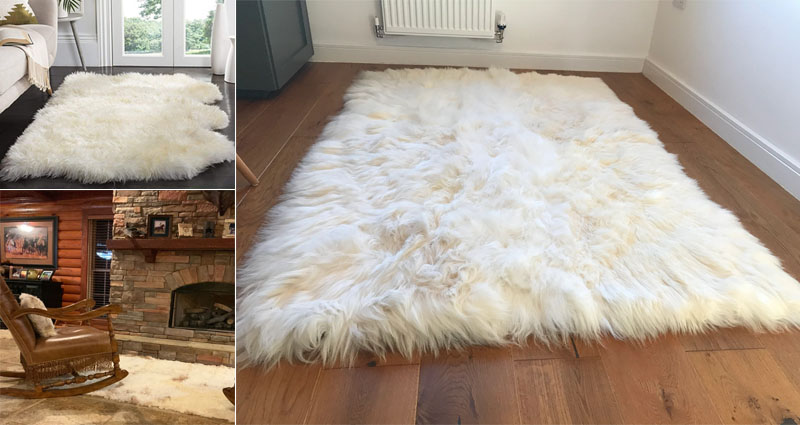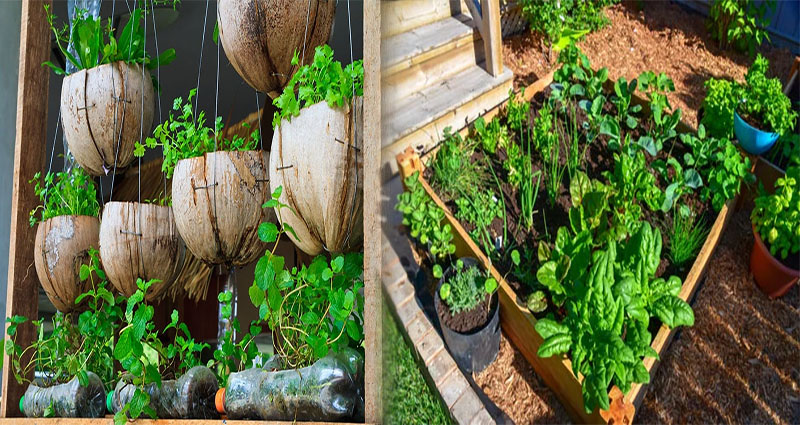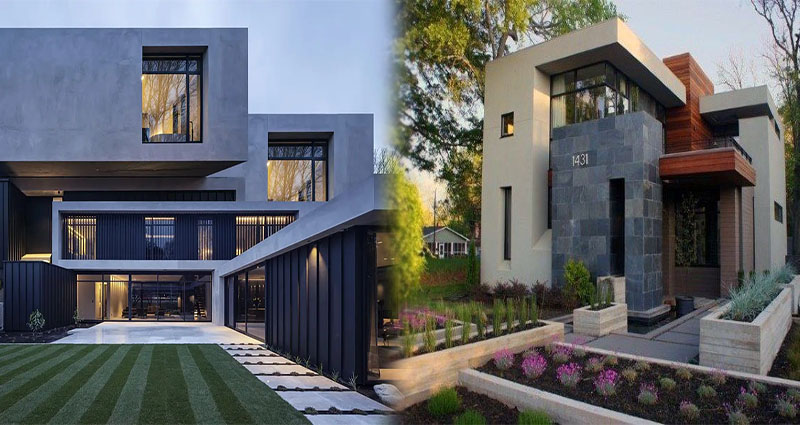Evaporative Air Conditioner: The Cool Innovation for a Sustainable Future
In the realm of cooling technology, the Evaporative Air Conditioner stands out as an eco-friendly and energy-efficient champion. This ingenious appliance, often referred to as a swamp cooler or desert cooler, offers a refreshing alternative to traditional air conditioning systems. As we embark on this journey, we will unravel the captivating story of evaporative air conditioners, exploring their inner workings and the multitude of benefits they bring to the table.
The Essence of Evaporative Air Conditioning
At its core, an evaporative air conditioner is a device that harnesses the cooling power of water evaporation to lower the temperature in an enclosed space. It operates on a simple yet effective principle: the transformation of warm, dry air into a cooler, more comfortable environment. This technology works wonders in dry and arid regions, making it particularly popular in places with low humidity.
How Evaporative Air Conditioners Work
The magic of an evaporative air conditioner unfolds with each cycle. Here’s a glimpse into the process:
- Air Intake: Warm, dry air from the outside is drawn into the unit through a series of vents and filters.
- Water Soaking: This incoming air passes through water-saturated pads or media. These pads are designed to absorb and retain water, transforming the dry air into a moist, cooler state.
- Evaporation: As the air passes through the wet pads, the heat from the incoming air causes the water to evaporate. This phase change from liquid to vapor consumes energy, resulting in a significant drop in air temperature.
- Cool, Moist Air: The air that exits the unit is cooler and laden with moisture, creating a refreshing and comfortable indoor environment.
- Exhaust: The warm air is exhausted outside, leaving behind a cooler, more pleasant atmosphere inside.
Advantages of Evaporative Air Conditioning
The evaporative air conditioner offers … READ MORE
Harnessing Nature’s Energy: The Radiant Advancements of the Solar Fan
In the ever-evolving landscape of sustainable technology, the solar fan stands as a testament to innovation’s harmonious dance with eco-consciousness. Powered by the boundless energy of the sun, this remarkable creation unfurls a new chapter in ventilation and cooling solutions. As we navigate the intricate intricacies of this cutting-edge marvel, a world of energy efficiency, environmental stewardship, and heightened comfort comes into view.
Unveiling the Solar Fan: A Glimpse into Eco-Efficiency
At the heart of the solar fan resides a seamless convergence of nature’s radiance and human ingenuity. It’s a technology designed to harness the sun’s luminous bounty, transforming it into the very breath of fresh air that revitalizes living spaces. Unlike traditional fans dependent on electricity, the solar variant operates through solar panels that convert sunlight into electricity, propelling the fan’s blades to life.
The Dance of Photovoltaics: Sunlight to Power Conversion
Beneath the exterior of the solar fan lies the prowess of photovoltaic cells, also known as solar cells. These microscopic powerhouses convert sunlight into direct current (DC) electricity through the photovoltaic effect, where the interaction between light and semiconductor materials generates electrons. This clean, renewable electricity fuels the operation of the fan, elevating it to a beacon of sustainable ventilation.
Off the Grid, On the Path of Sustainability
One of the remarkable facets of the solar fan is its ability to function off the grid. This means that even in areas devoid of traditional electrical infrastructure, the sun’s rays can still power the fan’s refreshing breeze. By alleviating dependence on fossil fuels and conventional energy sources, this innovation steers us closer to a future rooted in sustainability, resilience, and self-reliance.
The Whispers of Efficiency: Energy-Savvy Cooling
As the solar fan unfurls its blades in response to the sun’s caress, it brings forth an energy-efficient cooling solution. The … READ MORE
The History and Cultural Significance of Sheepskin Rugs
Sheepskin rugs have a rich history that spans across centuries and holds cultural significance in many parts of the world. Beyond their practicality and aesthetic appeal, sheepskin rugs have played diverse roles in various cultures, symbolizing warmth, comfort, and even social status. In this blog post, we will delve into the fascinating history and explore the cultural significance of sheepskin rugs, shedding light on their evolution, symbolism, and traditional uses across different regions.
1. The Early Origins of Sheepskin Rugs:
Sheepskin rugs have a long and storied history that can be traced back to ancient civilizations. The use of sheepskins as floor coverings can be found in the nomadic cultures of Central Asia and the Middle East, where sheep provided essential resources such as meat, milk, and wool. The practice of utilizing sheepskins for practical purposes, including rugs and clothing, emerged from the necessity to make use of every part of the animal.
2. Symbolism and Traditional Uses:
Sheepskin rugs hold symbolic significance in many cultures around the world. In some societies, sheepskin rugs represent warmth, comfort, and protection. They are seen as a symbol of hospitality, often used to welcome guests or provide a cozy environment for gatherings. The softness and texture of sheepskin rugs create a sense of comfort and relaxation, making them a cherished addition to homes.
In other cultures, sheepskin rugs are associated with social status and wealth. Historically, they were reserved for the ruling elite or used in ceremonial settings to symbolize prosperity and luxury. The opulence and rarity of sheepskin rugs made them a valuable possession, demonstrating the wealth and influence of those who owned them.
3. Sheepskin Rugs in Scandinavian Culture:
In Scandinavian countries, sheepskin rugs have a deep-rooted cultural significance. Historically, they were utilized as functional items, providing warmth and insulation in … READ MORE
Creative Low-Cost Raised Bed Vegetable Gardening Solutions
For gardening enthusiasts and sustainability-minded individuals, growing your own vegetables can be both rewarding and environmentally conscious. However, limited space, poor soil quality, or physical limitations can often stand in the way of traditional in-ground gardening. This is where raised bed vegetable gardening comes to the rescue, offering a versatile and cost-effective solution. In this article, we will explore creative and low-cost raised bed vegetable gardening solutions that can transform any space into a productive and beautiful garden.
1. Pallet Raised Beds
Repurposing wooden pallets to create raised beds offers an eco-friendly, low-cost, and visually appealing gardening solution. Pallets can be easily transformed into customizable raised beds by removing excess slats and reinforcing the corners. The nooks and crannies of the pallets can be filled with soil, providing ample space for growing a variety of vegetables. This approach not only minimizes waste but also allows for efficient use of space, making it a perfect solution for urban gardening.
2. Straw Bale Gardening
Straw bale gardening is an innovative and inexpensive way to create raised beds without the need for traditional construction materials. Simply arrange straw bales into a rectangular shape, add a layer of topsoil, and you have an instant raised bed ready for planting. The decomposition of the straw enriches the soil over time, making it a sustainable and cost-effective choice. Additionally, straw bales provide excellent insulation and moisture retention, creating a favorable environment for plant growth.
3. Cinder Block Raised Beds
Cinder blocks are not only affordable but also incredibly versatile when it comes to creating raised bed vegetable gardens. By arranging cinder blocks in various configurations, you can design raised beds of different shapes and sizes to suit your specific gardening needs. The hollow cores of the blocks can be filled with soil, providing a sturdy and … READ MORE
Minimalist Exterior House Design Ideas for Urban Landscapes
In today’s fast-paced urban environments, finding solace and simplicity in our daily lives has become more important than ever before. This sentiment is also reflected in the world of architecture and design, where the minimalist exterior house design has gained popularity, especially for urban landscapes. With its clean lines, simplicity, and focus on functionality, minimalist design offers both aesthetic appeal and practicality. In this article, we will explore some inspiring ideas for incorporating a minimalist exterior house design into an urban landscape.
1. Use of Clean Lines and Geometric Shapes
One of the key features of minimalist design is the use of clean lines and geometric shapes. These elements can be incorporated into the architectural design of the house itself, as well as in the landscape surrounding it. A house with a flat roof, straight edges, and a sleek façade can be a great starting point. Pairing it with neatly trimmed hedges, rectangular concrete pathways, and geometrically shaped flower beds will further enhance the minimalist look.
2. Neutral Color Palette
Minimalist design is all about simplicity, and this extends to the color palette as well. Opt for a neutral color scheme that consists of whites, greys, and earth tones. These colors not only provide a modern and sophisticated look but can also help the house blend seamlessly into the urban landscape. Additionally, the use of neutral shades will allow other design elements, such as landscaping or lighting, to take center stage.
3. Incorporate Natural Elements
Although minimalist design emphasizes simplicity, it doesn’t mean that the exterior has to be devoid of natural elements. In fact, incorporating natural materials can add warmth and texture to the overall design. Consider using materials such as wood, stone, or concrete for the exterior cladding, fence, or walkways. These materials not only provide a connection … READ MORE











